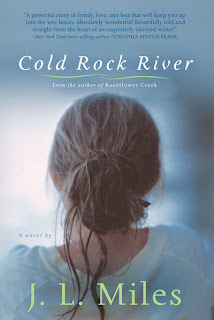 C.W. Gortner‘s third book, The Confessions of Catherine de Medici, has all the best elements of historical, royal fiction from political strife to women sold in marriage to keep the peace. Like his previous book, The Last Queen which I reviewed, The Confessions of Catherine de Medici is chock full of drama as Catherine is taken from her home shortly after surviving an angry mob in Florence and betrothed to Henri, one of the sons in line for the throne of France.
C.W. Gortner‘s third book, The Confessions of Catherine de Medici, has all the best elements of historical, royal fiction from political strife to women sold in marriage to keep the peace. Like his previous book, The Last Queen which I reviewed, The Confessions of Catherine de Medici is chock full of drama as Catherine is taken from her home shortly after surviving an angry mob in Florence and betrothed to Henri, one of the sons in line for the throne of France.
“How little they know me. How little anyone knows me. Perhaps it was ever my fate to dwell alone in the myth of my own life, to bear witness to the legend that has sprung around me like some venomous bloom. I have been called murderess and opportunist, savior and victim. And along the way, become far more than was ever expected of me, even if loneliness was always present, like a faithful hound at my heels.
The truth is, not one of us is innocent.
We all have sins to confess.” (Page 3)
Catherine learns of her gift at a very young age but is frightened by what her visions mean for her and her future. Despite her misgivings about her gift, she relies on seers and fortunetellers to guide her path and that of her blossoming family. Her marriage is in name only as her husband favors his mistress blatantly in court, and she is forced to endure the shame of it. Catherine is a strong woman determined to maintain her pride and courtly manner even though it is constantly tested by Henri’s mistress Diane de Poitiers and the thorny politics of her new nation.
Enter, Nostradamus — yes, THE Nostradamus — to issue cryptic predictions and advice to Catherine as she and her adopted nation of France teeter on the brink of religious war. His advice is invaluable to her as she navigates the political and religious turmoil of France, though his appearances are brief, almost as if he were an apparition.
“As I passed the alcove, I sensed a presence. I whirled about. I couldn’t contain my gasp when I saw Nostradamus materialize as if from nowhere. ‘You scared me to death! How did you get in here?’
‘Through the door,’ he said, ‘No one noticed.'” (Page 182)
The novel reads like a set of confessions from Catherine herself as she analyzes her past, her faults, and her passions. Gortner crafts very strong, royal women that draw from historical fact and weaves in a captivating narrative that will leave readers struggling to adjust to their own lives once they’ve finished the last page. The Confessions of Catherine de Medici will round out the character of the woman thought to be one of the most ruthless leaders of France as she acted as regent for her young sons, highlighting the motivations of her decisions at a time when there were no right answers. One of the best books I’ve read this year.
Check out the Q&A about Confessions of Catherine de Medici.

C.W. Gortner‘s fascination with history is a lifetime pursuit. He holds a Masters in Fine Arts in Writing with an emphasis on Renaissance Studies from the New College of California and often travels to research his books. He has experienced life in a medieval Spanish castle and danced a galliard in a Tudor great hall; dug through library archives all over Europe; and tried to see and touch — or, at least, gaze at through impenetrable museum glass — as many artifacts of the era as he can find.
The Giveaway:
I have 1 reader’s copy up for grabs. The giveaway is international.

1. Leave a comment about what confession you hope to read about in Gortner’s book.
2. Blog, Tweet, Facebook, or otherwise spread the word about the giveaway and leave a link in the comments.
Deadline is July 4, 2010 at 11:59PM EST
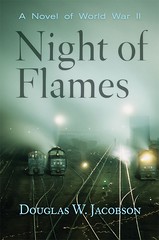
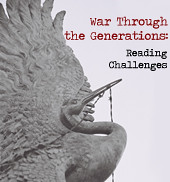


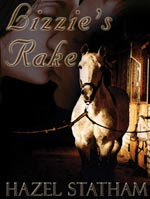




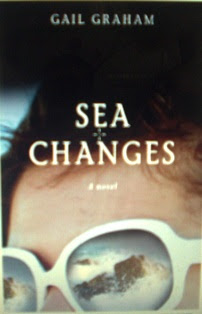






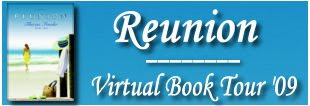


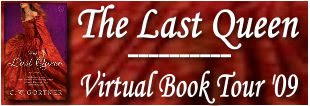

 Thanks to the authors–
Thanks to the authors–

